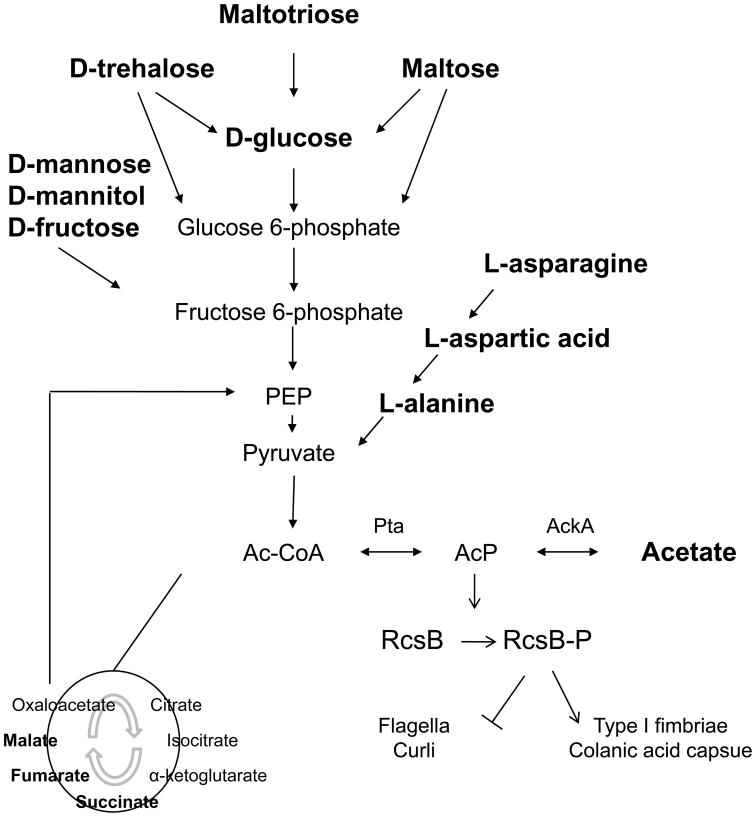Fig. 4. Hypothesized signaling pathway from nutrients to biofilm associated cell surface organelles.
Printed in red are fourteen of the eighteen carbon sources that permitted highest amounts of biofilm in the Phenotype MicroArray experiment (parent strain, Fig. 3A). Metabolic intermediates that are involved in their degradation are printed in black. D-glucose, maltose, maltotriose, and D-trehalose enter glycolysis through glucose 6-phosphate; D-mannose, D-mannitol, and D-fructose through fructose 6-phosphate. L-asparagine, L-aspartate, and L-alanine have a pathway that leads into glycolysis at the level of pyruvate. Succinic acid, fumaric acid, and malic acid can serve as substrates for the synthesis of hexoses through gluconeogenesis; the enzyme phosphoenolpyruvate carboxykinase converts oxaloacetate back to the glycolytic intermediate phosphoenolpyruvate. Printed in blue are the Pta and AckA enzymes that are involved in the interconversion of acetyl-CoA, acetyl phosphate and acetate. Printed in green is the response regulator RcsB that gets phosphorylated by acetyl phosphate. Biofilm associated cell surface organelles that are affected by RcsB-P are printed in purple.

